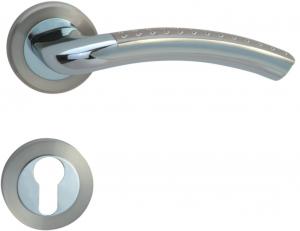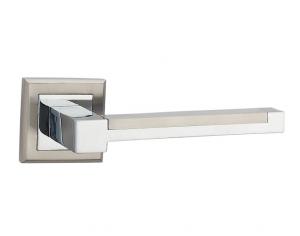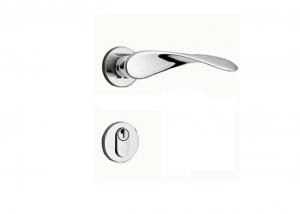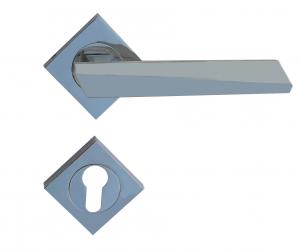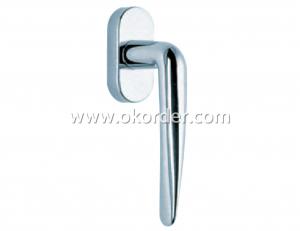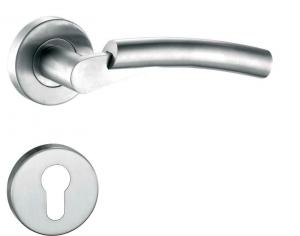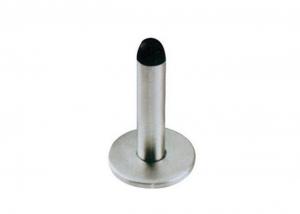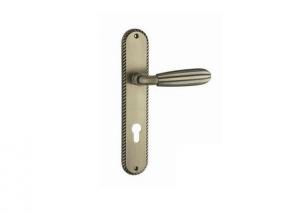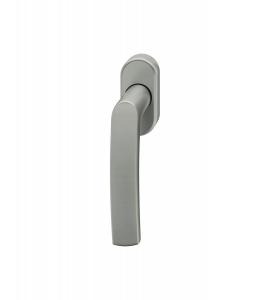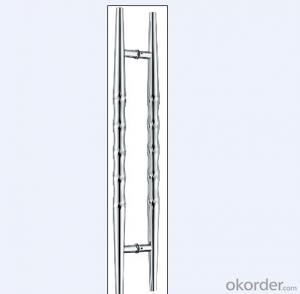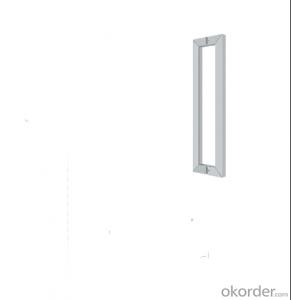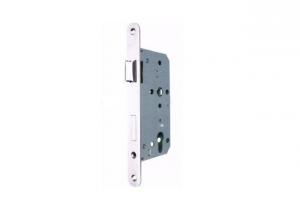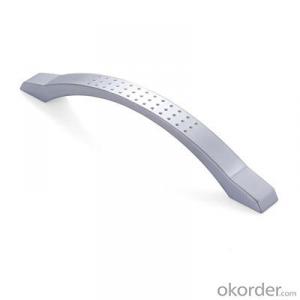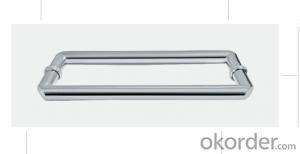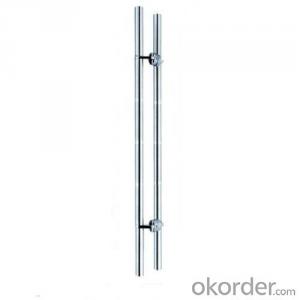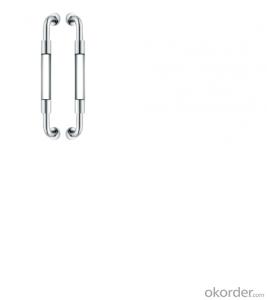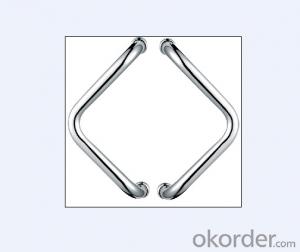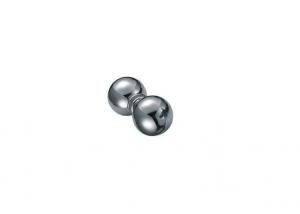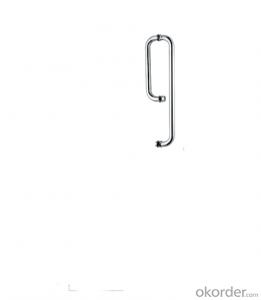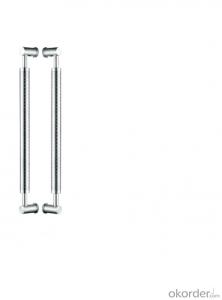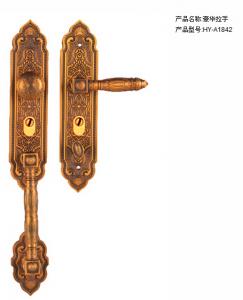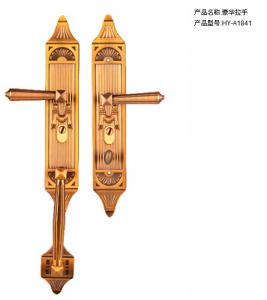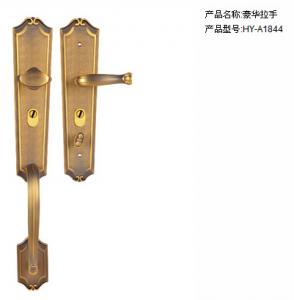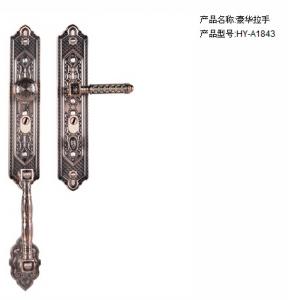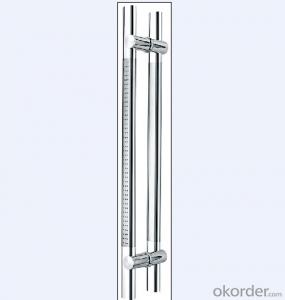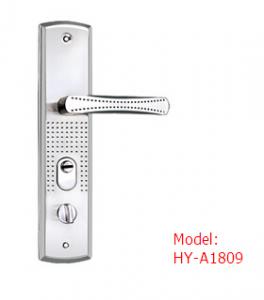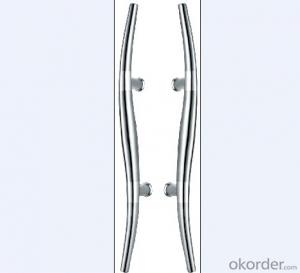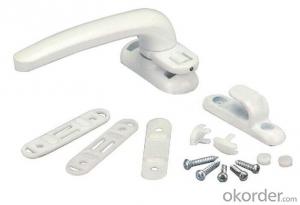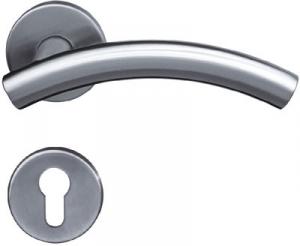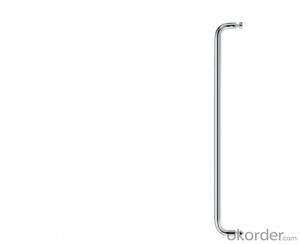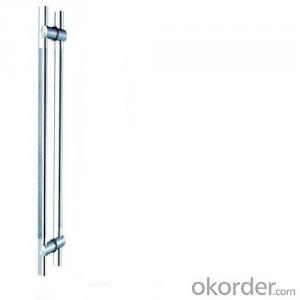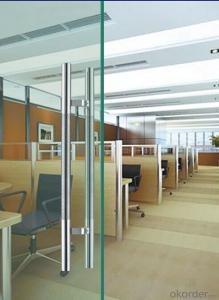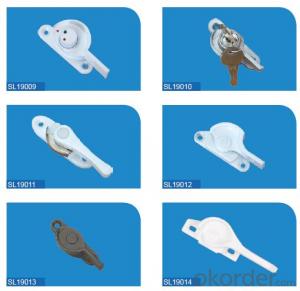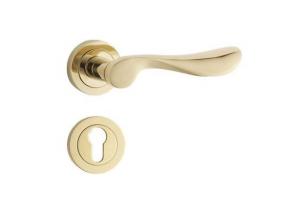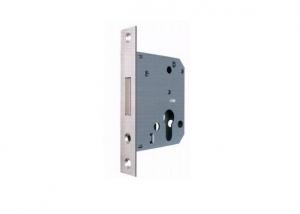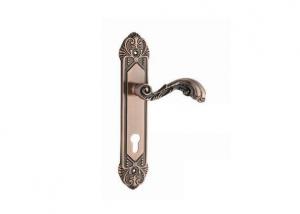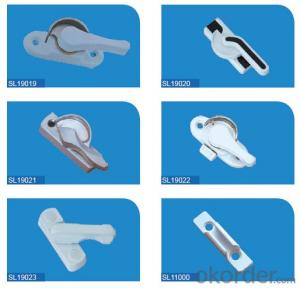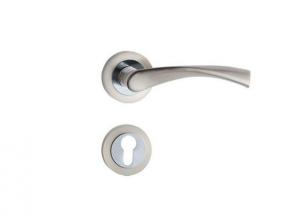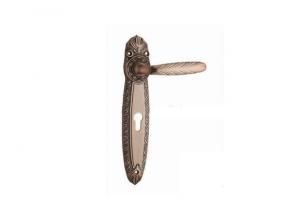Door Handles Nz
Door Handles Nz Related Searches
Double Glazed Door Handles Security Screen Door Handles Industrial Door Handles And Locks Replacement Upvc Door Handles Latch Handle Door Set Door Making Machine Front Entry Doors Automatic Sliding Door Controller Nozzle Ring External Doors French Door Hooks Mechanical Door Closer Glass Shower Door Hooks Exterior Door Hooks Kk Windows And Doors Spring Manufacturers Nz Doorman Door Closer Front Entry Wood Doors Decorative Interior Doors Interior Composite Doors Door Automation System Norco Patio Doors Door Locks Canada Vintage Door Closer French Door Retaining Hooks Electric Door Closers Vnt Nozzle Ring Shower Door Towel Hook Herculite Sliding Doors Automatic Sliding Door SystemDoor Handles Nz Supplier & Manufacturer from China
Door Handles Nz offers a wide range of high-quality door handles and accessories, catering to various needs and preferences. These products are designed to enhance the aesthetics and functionality of doors in both residential and commercial settings. They come in various styles, materials, and finishes, ensuring that there is something suitable for every taste and requirement.Door handles from Door Handles Nz are widely used in various applications, such as homes, offices, schools, hospitals, and more. They are essential for ensuring the smooth operation of doors and providing a secure and convenient way to open and close them. These handles are not only practical but also add a touch of elegance and sophistication to any space, making them a popular choice among homeowners and businesses alike.
Okorder.com is a leading wholesale supplier of Door Handles Nz, boasting a vast inventory of products to cater to the diverse needs of customers worldwide. With a commitment to providing top-notch products at competitive prices, Okorder.com has established itself as a reliable source for door handles and related accessories. Their extensive range ensures that customers can find the perfect fit for their specific requirements, making Okorder.com the go-to destination for all things related to door handles.
Hot Products
